Elusive glass octopus spotted in the remote Pacific Ocean (Video)
Only its eyes, optic nerve and digestive tract are opaque.
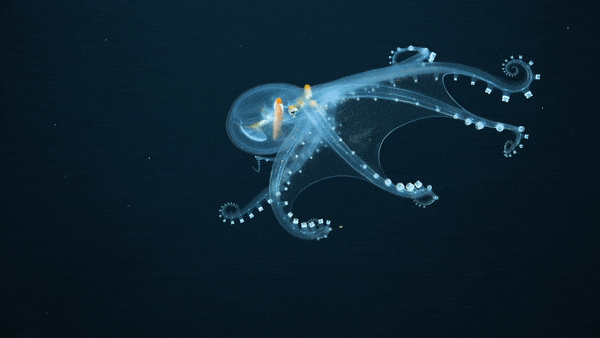
This rarely seen glass octopus bared all recently — even a view of its innards — when an underwater robot filmed it gracefully soaring through the deep waters of the Central Pacific Ocean.
Marine biologists spotted the elusive glass octopus (Vitreledonella richardi) during a 34-day expedition off the remote Phoenix Islands, an archipelago located more than 3,200 miles (5,100 kilometers) northeast of Sydney, Australia.
Like other "glass" creatures, such as glass frogs and certain comb jellies, glass octopuses are almost completely transparent, with only their cylindrical eyes, optic nerve and digestive tract appearing opaque. The expedition crew reported two encounters with the glass octopus — an impressive count given that previously there was such limited footage of these clear cephalopods, scientists had to learn about them by studying chunks of them in the gut contents of their predators.
Related: Photos: Ghostly dumbo octopus dances in the deep sea
Glass octopuses weren’t discovered until 1918. Little is known about these cephalopods, except that they live in tropical and subtropical areas in the deep ocean in the mesopelagic, or twilight zone, 656 to 3,280 feet (200 to 1,000 meters) below the surface, and the bathypelagic, or midnight zone, 3,280 to 9,800 feet (1,000 to 3,000 m) below the surface, according to the International Union for Conservation of Nature.
Glass octopuses' cylindrical eye shape may have evolved to minimize the silhouette of the creatures' eyes when seen from below, "and is part of the animal's camouflage strategy," according to a 1992 report in the Journal of the Marine Biological Association of the United Kingdom.

The glass octopus was spotted by an expedition aboard the research vessel Falkor, run by the Schmidt Ocean Institute, a nonprofit operating foundation co-founded by Wendy and Eric Schmidt, the former CEO of Google. Scientists from Boston University and the Woods Hole Oceanographic Institution also participated in the expedition.
Get the world’s most fascinating discoveries delivered straight to your inbox.

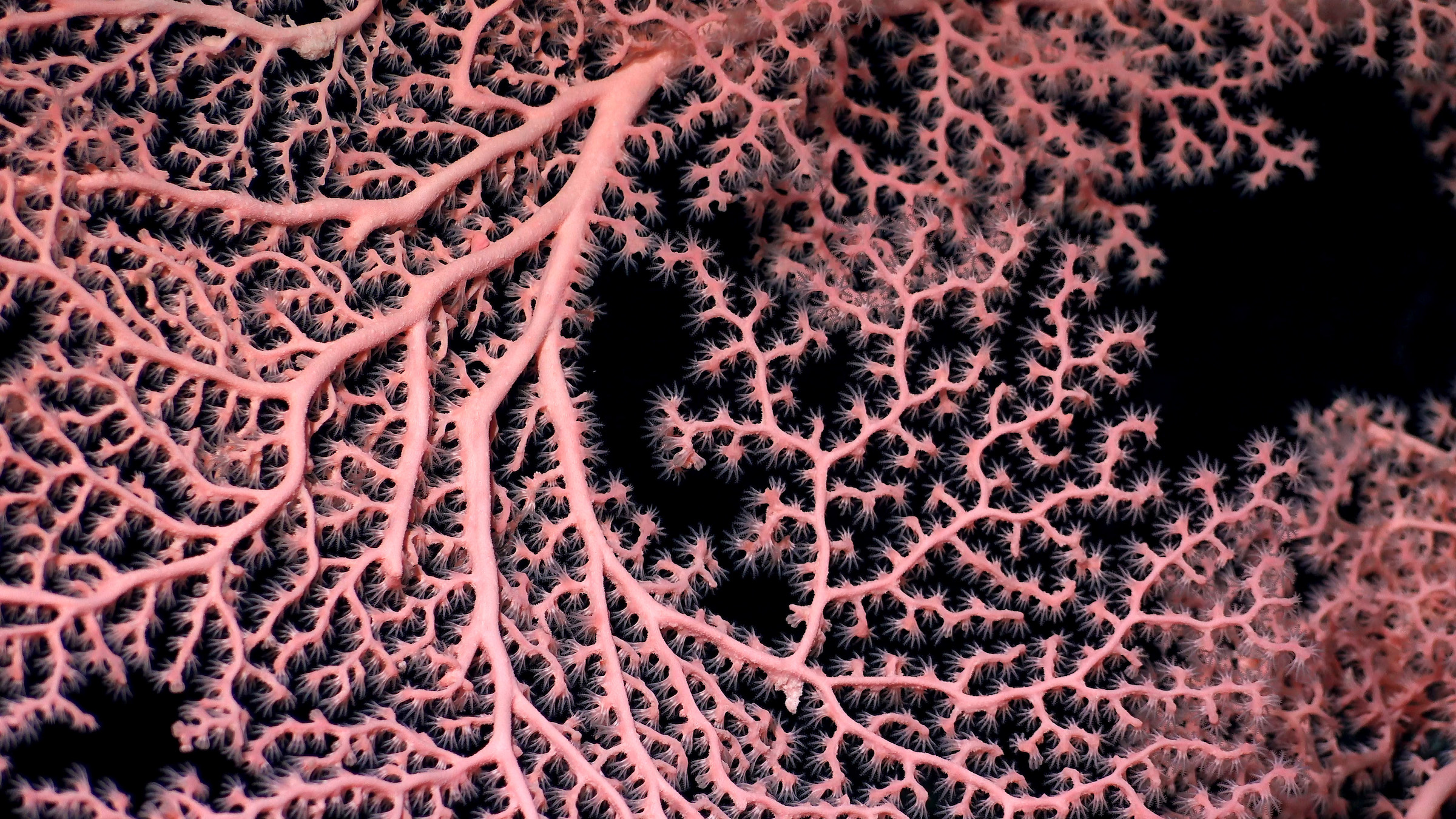
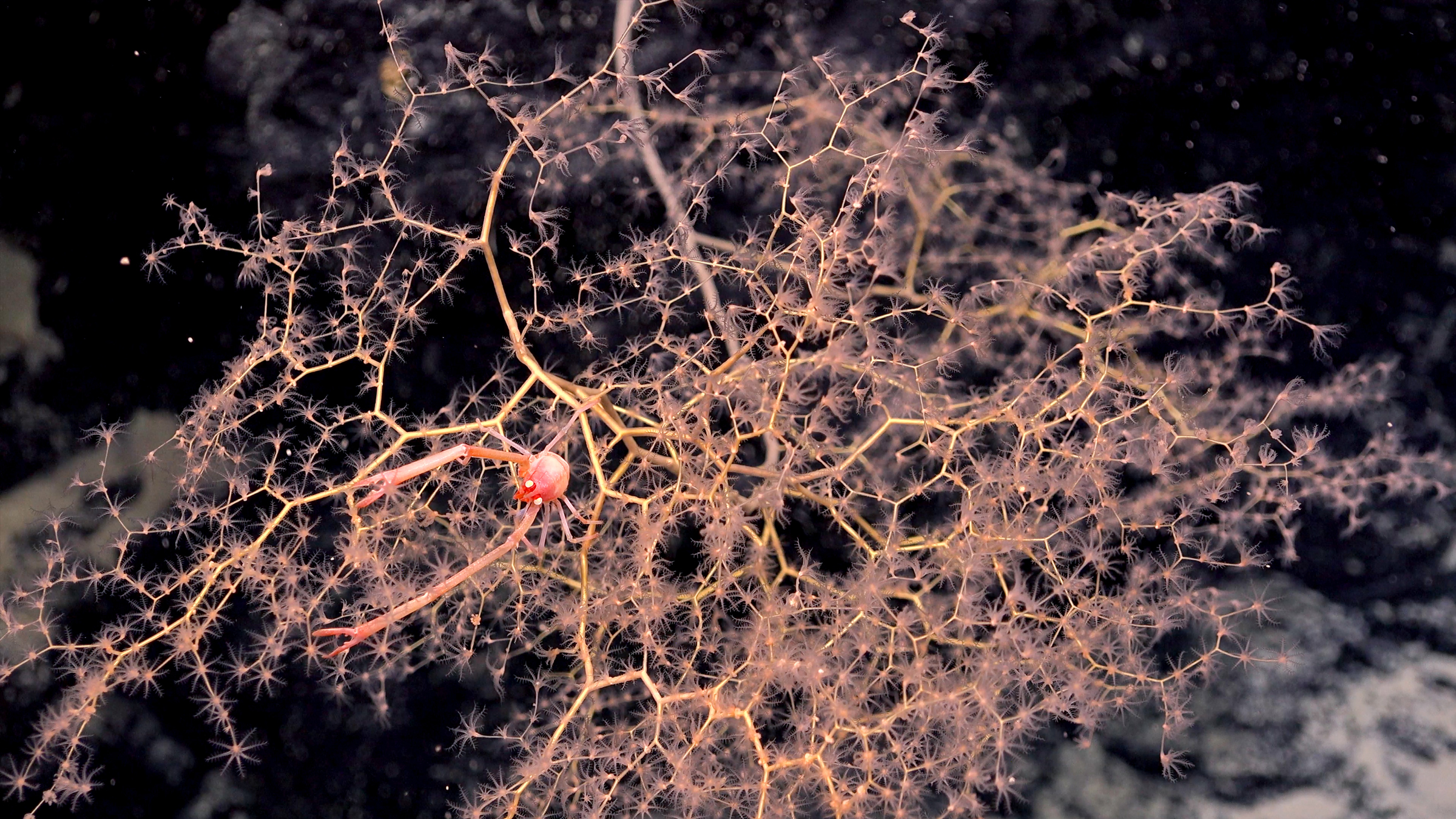
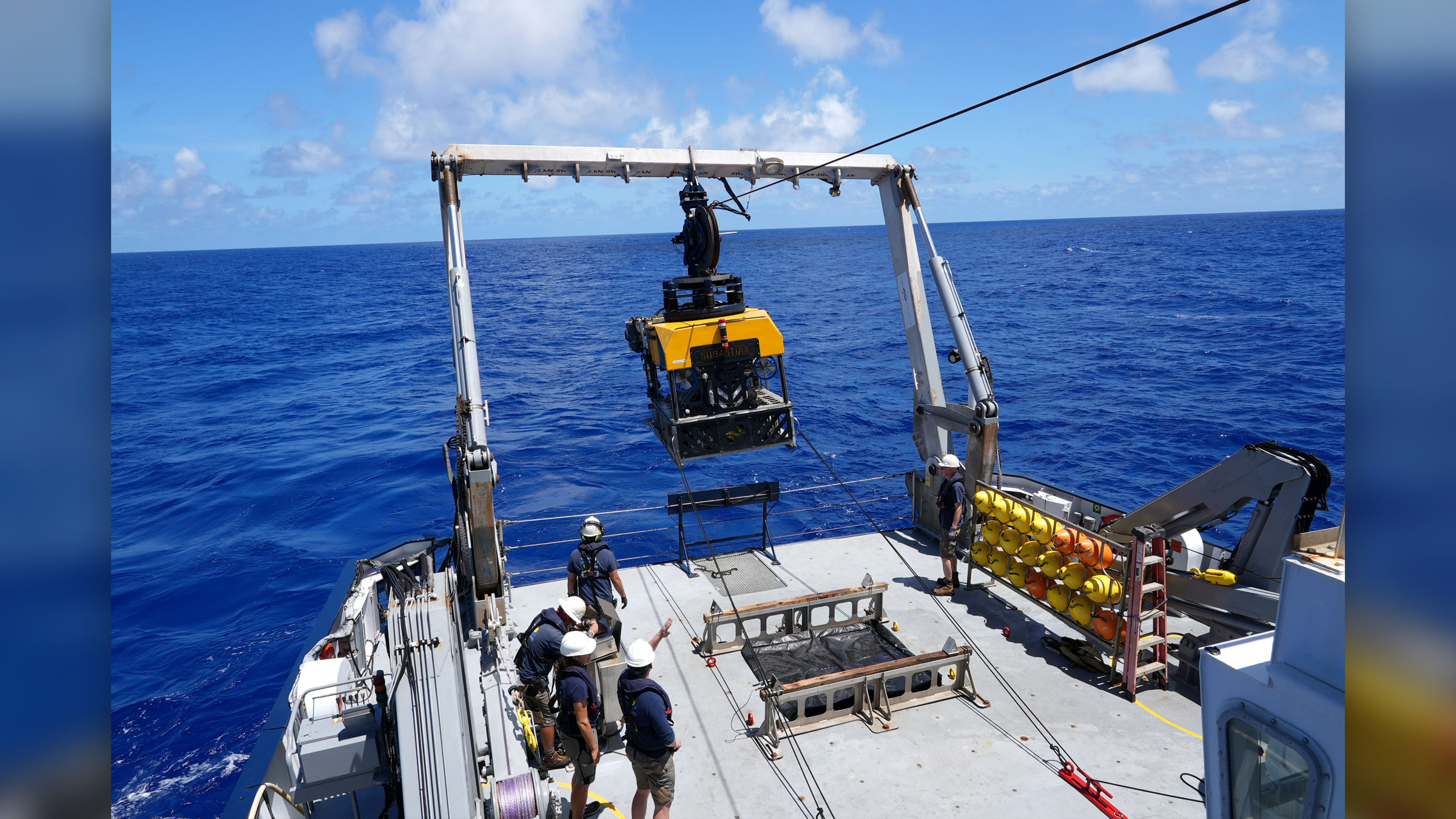
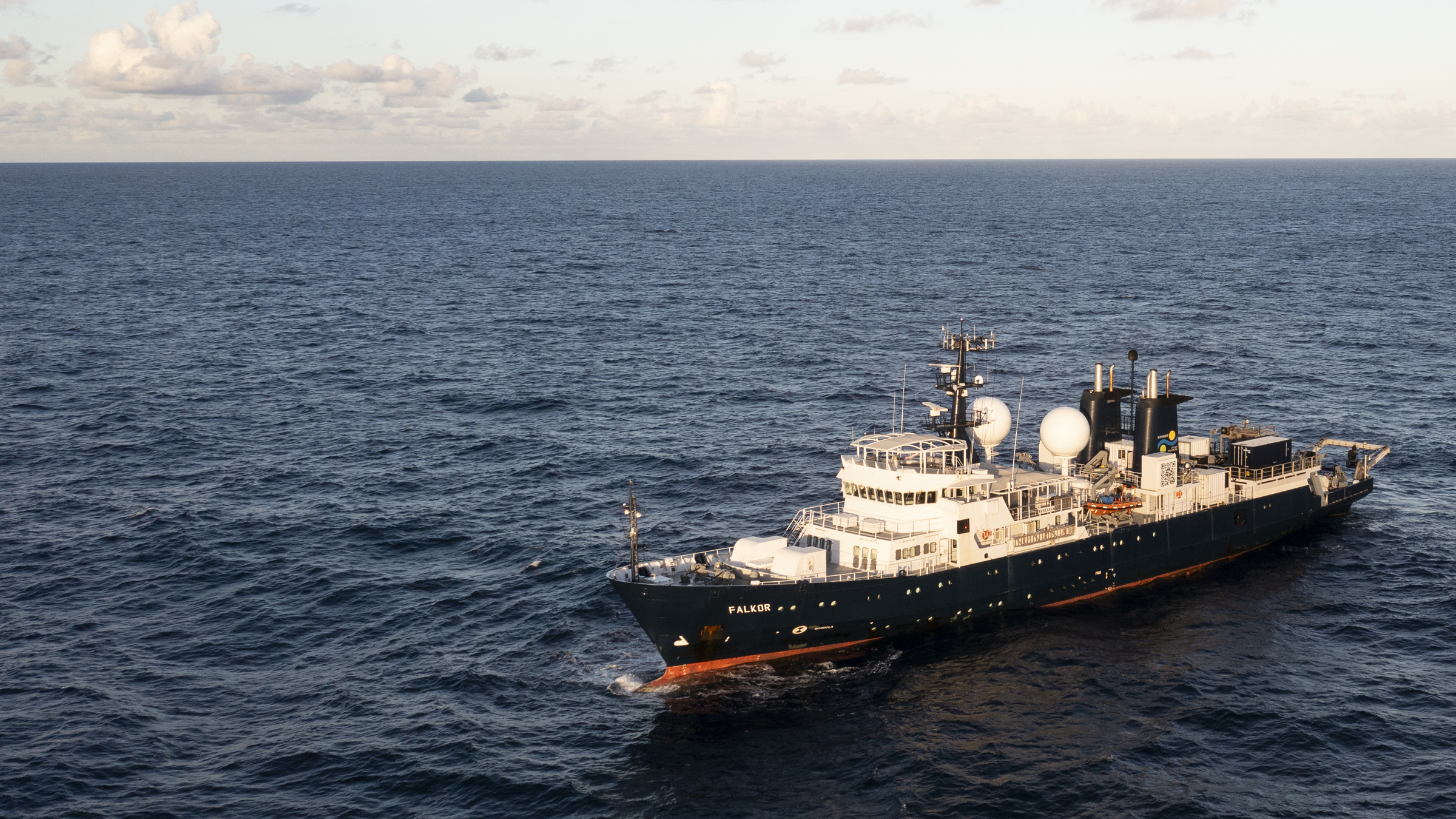
During the expedition, which ended July 8, a crew of marine scientists discovered a handful of what are likely newfound marine animals on nine previously unexplored submarine mountains known as seamounts. The team also completed high-resolution seafloor mapping of more than 11,500 square miles (30,000 square km) around the archipelago and video recordings of five additional seamounts filmed by the underwater robot SuBastian, according to a statement.
SuBastian also snagged footage of a whale shark (the largest living fish in the world) and a long-legged crab stealing a fish from another crab.
The expedition sent SuBastian on 21 dives, enabling the robot to record more than 182 hours on the seafloor. Seven of those dives took place in the U.S. Pacific Remote Islands Marine National Monument (PRIMNM), which was established in 2009 and expanded in 2014. The expedition allowed scientists to document the monument, where marine animals are protected. The Falkor also revisited parts of the Phoenix Islands that its scientists had studied in 2017, which allowed researchers to collect data that will help them learn how the entire ecosystem and seamounts' habitats are linked together.
"The Ocean holds wonders and promises we haven't even imagined, much less discovered," Wendy Schmidt said in the statement. "Expeditions like these teach us why we need to increase our efforts to restore and better understand marine ecosystems everywhere — because the great chain of life that begins in the ocean is critical for human health and wellbeing."
Originally published on Live Science.

Laura is the managing editor at Live Science. She also runs the archaeology section and the Life's Little Mysteries series. Her work has appeared in The New York Times, Scholastic, Popular Science and Spectrum, a site on autism research. She has won multiple awards from the Society of Professional Journalists and the Washington Newspaper Publishers Association for her reporting at a weekly newspaper near Seattle. Laura holds a bachelor's degree in English literature and psychology from Washington University in St. Louis and a master's degree in science writing from NYU.


